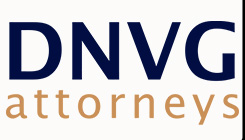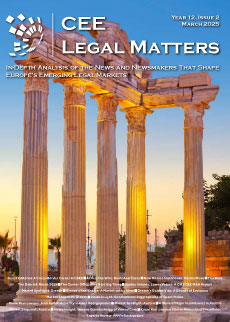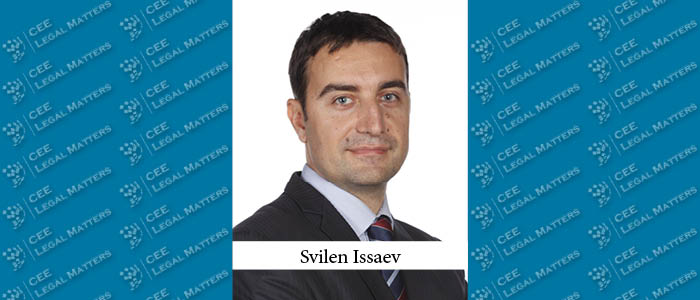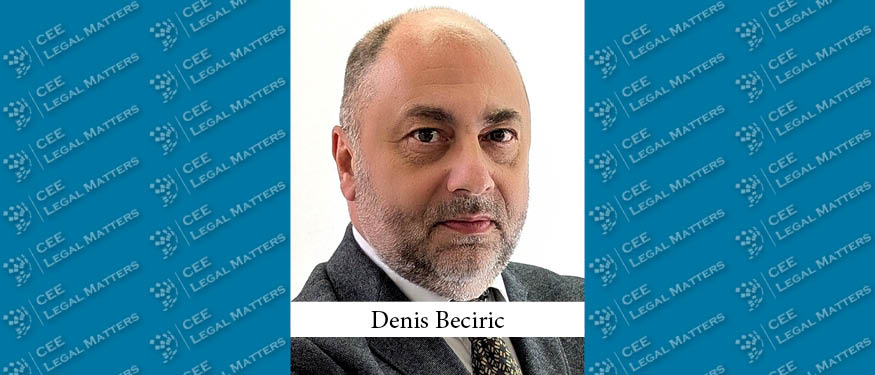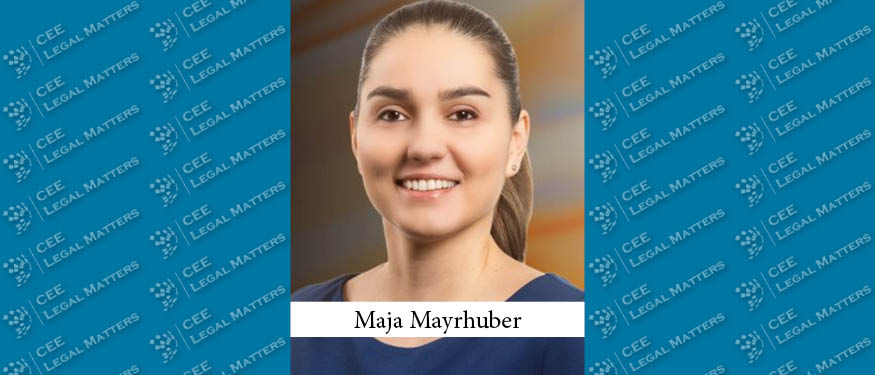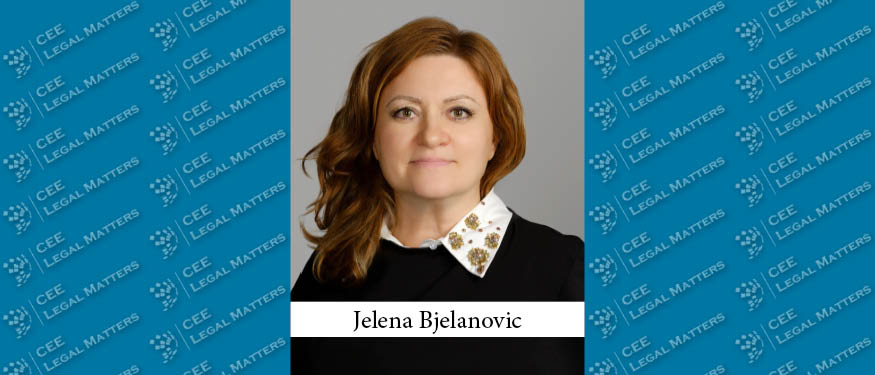The development of offshore wind farms in Greece represents an ambitious step in the country’s energy transition, further promoting the shift towards renewable energy sources and the reduction of carbon dioxide emissions. The regulatory framework governing the installation and operation of offshore wind farms has evolved significantly in recent years, reflecting both national and international energy commitments, as well as the technological and environmental challenges accompanying such investments.
The existing legislative framework
The framework for offshore wind farms in Greece was first established in 2006 with Law 3468/2006, which introduced the fundamental principles for the development of Renewable Energy Sources (RES) in Greece. However, in 2010, the licensing of offshore wind farms was suspended under Law 3851/2010 due to problems and delays in the application of the original framework.
Several years later, the Greek state returned with a new, more detailed framework, which was enacted under Law 4964/2022, subsequently amended by Law 5069/2023 and Law 5106/2024. Law 4964/2022, as currently in force, includes provisions for accelerating the licensing procedure and promoting investments in offshore wind farms. The new regulatory framework focuses on simplifying and speeding up the licensing process and reducing administrative burdens. It also defines procedures for selecting suitable installation areas based on environmental protection and financial viability criteria.
The National Offshore Wind Development Program (National Program), announced on October 31, 2023, sets ambitious targets for the installation of 2 GW of offshore wind capacity by 2030, 12,4 GW by 2035-2040, and 17,3 GW by 2050 (Phase 2). Most offshore wind farms are expected to be floating due to the deep waters of Greek seas. Overall, investments are expected to reach €6 billion by 2030 and €28 billion by 2050.
The role of HEREMA in accelerating licensing process
The Hellenic Hydrocarbon Resources Management and Energy Resources (HEREMA) plays a pivotal role in implementing the National Program. HEREMA is responsible for siting offshore wind farms, coordinating the related processes, and monitoring project progress. Specifically, HEREMA is tasked with preparing Strategic Environmental Assessments (SEA), which are conducted both for the National Program and for Organized Offshore Wind Development Areas, assessing the broader environmental impacts and thereby accelerating the environmental licensing process for each project.
Among other things, the legislative provisions in force allow HEREMA to either conduct or assign to a special purpose vehicle technical measurements and collection of technical data in potential Organized Offshore Wind Development Areas, which will be made available to investors for a fee. Investors may also proceed with their own independent measurements, provided they have obtained a research license. In areas designated as “go-to areas,” the approval of environmental terms is not required, simplifying the process and accelerating project development.
Timeline and implementation steps
The implementation of the National Program involves a series of steps and regulatory acts aimed at siting installation areas and ensuring compliance with environmental requirements. Initially, the approval of the SEA for the National Program is expected promptly, covering 23 areas suitable for offshore wind farm development.
After the SEA approval, a Joint Ministerial Decision will be issued approving the National Program by designating the areas where investments can be implemented. Subsequently, special technical studies will be prepared (which will be subject to SEA) for each potential Organized Offshore Wind Development Area. These studies will define the boundaries of the Organized Offshore Wind Development Area and the development terms for each area, estimating the maximum and minimum capacity of the projects to be installed. Organized Offshore Wind Development Areas will be established by presidential decree(s).
The fact that SEA is required both for the National Program and the presidential decrees defining the Organized Offshore Wind Development Areas is a step in the right direction, as it entails faster environmental licensing for each individual project.
Furthermore, the establishment of a special purpose vehicle (SPV) which will conduct tenders for the required wind and seabed studies, will play a critical role in implementing the projects. The tenders for these studies are scheduled to be completed by 2025, with the first studies expected in 2026.
An important milestone concerns the issuance of presidential decrees that will delineate the first six Organized Offshore Wind Development Areas with a total capacity of 1,9 GW by the end of the decade. These areas are expected to include the eastern part of Crete, southern Rhodes, central Aegean (areas around Donoussa and Gyaros), Evia, and the Ionian Sea. Following the issuance of the presidential decrees, HEREMA will grant research licenses to interested investors for a period of three years. Each investor may apply for one or more areas, provided they meet specific technical and financial eligibility criteria.
The European Commission’s Directorate-General for Competition (DG Comp) must also approve the support scheme for the development of offshore wind farms, which includes financial incentives for investors. Discussions with EU services have already begun to ensure that state aid is compatible with European competition rules.
Upon completion of the wind and seabed studies in 2027, the installation areas within each Organized Offshore Wind Development Area will be allocated by Ministerial Decision, while the first tenders for attracting investors are expected to be announced in 2027. At this stage, investors who have secured a research license in an Organized Offshore Wind Development Area will be able to submit bids for one or more installation areas within the same Organized Offshore Wind Development Area, with the selection criterion being the lowest remuneration price (sliding feed-in premium) for the produced energy (€/MWh). The successful investor will secure the right to develop and exploit the project in the installation area.
Grid connection
The interconnection of offshore wind farms to the Greek Power Transmission System is a crucial factor for the successful implementation of the projects. The cost of interconnection in Greece is lower compared to other European countries, mainly due to the proximity of offshore areas to the interconnection points of the Independent Power Transmission Operator (IPTO). The presence of many islands creates multiple interconnection points, facilitating the interconnection of offshore wind farms to the Power Transmission System.
IPTO is responsible for designing, developing, constructing, and operating the interconnection works from the Power Transmission System to the interconnection point at the Offshore Wind Farm. IPTO conducts strategic studies for the development of interconnection works and undertakes their construction within specific timelines.
Following the issuance of the Presidential Decree defining the Organized Offshore Wind Development Areas, IPTO issues a decision on the reservation of electric space to ensure the interconnection of the offshore wind farms’ projected capacity in each Organized Offshore Wind Development Area. Subsequently, the investor who has secured a feed-in premium will submit an application to IPTO for the issuance of interconnection terms and will bear the cost for the interconnection from the offshore wind farm to the interconnection point as defined in Article 74 of Law 4964/2022.
Currently, there is an ongoing discussion regarding the model to be followed for the interconnection of offshore wind farms. Two different strategies have been proposed:
- The "shallow" connection model, where the investor bears the cost for the connection of the offshore wind farm to the interconnection point. In this model, the construction cost of the substation and related cables burdens the investor, which may increase the overall capex, but provides more flexibility in the design and execution of interconnection works.
- The "super shallow" connection model, where IPTO assumes the cost of all necessary works for the connection of the offshore wind farm to the Power Transmission System. This reduces investor’s costs and ensures that the interconnection works will be carried out according to the timelines and standards set by the system operator.
The model that will be chosen will have a significant impact on the financial forecasts and viability of offshore wind farms, as it directly affects the overall cost and return on investment.
Problems and challenges
Despite the progress made as described above, the implementation of offshore wind farms faces significant challenges. The excessive production of renewable energy in relation to the capacity of existing networks, the lack of adequate energy storage infrastructure, and the difficulty in exporting the produced energy require the revision of the business model. Additionally, the objections from local communities and delays in issuing regulatory decisions have an adverse effect on the implementation schedule.
The installation of floating offshore wind farms, which as mentioned above is expected to constitute the majority of the offshore wind parks in Greece, presents additional technological and economic challenges. Investors have to deal with supply chain uncertainties, the need to develop new port infrastructures, as well as high maintenance and operational costs of floating units.
Furthermore, due to the specific risks associated with floating technology, such as the lack of experience in large-scale commercial applications and the need for continuous technological innovations, it remains to be seen how the financing of these projects will evolve and whether the banking system will respond willingly to such massive investments.
By Prokopis Linardos, Partner, Your Legal Partners





